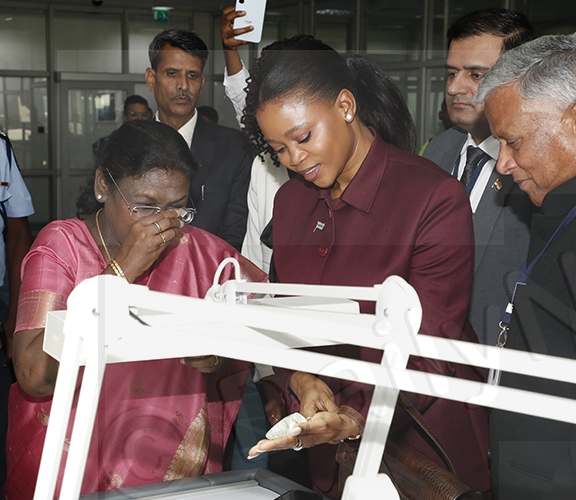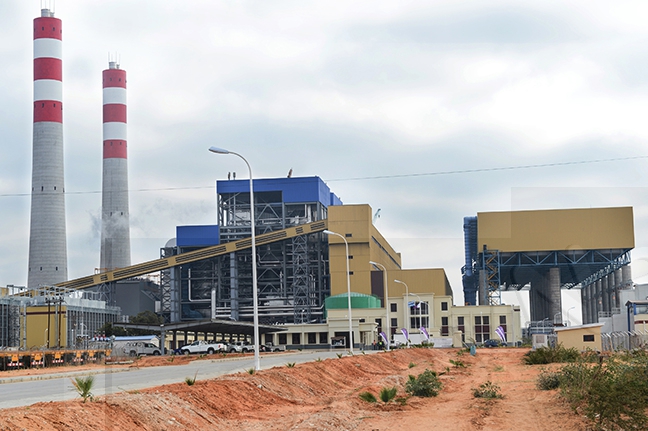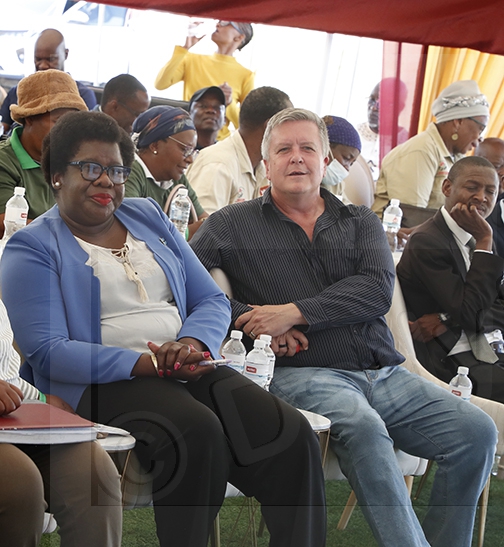Poverty at 26.9 in Serowe sub-district
24 Feb 2022
The level of poverty in Serowe sub-district is estimated at 26.9 per cent while extreme poverty for rural areas is at 8.8 per cent.
Assistant Minister for Presidential Affairs, Governance and Public Administration, Mr Dumezweni Mthimkhulu said this during Serowe Administrative Authority (SAA) poverty eradication mass packaging of 63 new beneficiaries and graduation of 12 beneficiaries in Mabeleapodi on Tuesday.
He said remote area development settlements had the highest poverty levels with Sehunou at 60.4 per cent, Malatswae 53.4, Dimajwe 52.9 while Majwanaadipitse was at 47.4 per cent.
He said the lowest level was recorded in Serowe at 23.3 per cent.
Mr Mthimkhulu said packaging of the beneficiaries was a milestone in government’s effort to eradicate abject poverty.
He pleaded with programme implementers and other stakeholders to take stock of how government interventions were delivered and how the recipients of these programmes were supported afterwards.
Furthermore, he said given financial and technical resources that government availed for these programmes, one would expect a significant dent to have been made on the poverty levels, but from what appeared there was a long way to go ,.
He said the mass packaging approach came at a time when the world was grappling with the ongoing COVID-19 pandemic which had crippled world economies.
“We have seen scores of people losing jobs due to closure of businesses, the rise in commodity prices as well as erratic rises in number of both temporary and permanent destitute enrolled under the social welfare programme,” he said.
This in essence, he said, increased the spectra in addressing poverty as it meant some achievements made in the past may have been reversed.
Mr Mthimkhulu said the need to respond to COVID-19 resulted in budget cuts across ministries as government channeled the available financial resources to combating the pandemic and the Poverty Eradication Programme was not spared resulting in lower than usual financial provisions made for the running of the programme.
This, he said, resulted in lesser funds available for new beneficiary funding and project monitoring activities.
He said while the overall negative impacts of COVID-19 was acknowledged, some projects that had been non-operational.
Mr Mthimkhulu said government continued to look for ways to support local producers to access markets as shown by the recent decisions to close boarders for the importation of certain products and it is upon the beneficiaries to prove that they could meet national demands, not only in product quantity but also quality.
He advised programme implementers and stakeholders to take into account lessons leant during the past two years in terms of national/community needs as well as in terms of project resilience.
Mr Mthimkhulu said to date a total of 1 285 projects had been funded since the inception of the programme in 2011.
Of these, 990 were operational creating employment of 1 002 people and nine beneficiaries had thus so far graduated from the programme.
He said in Mabeleapodi there were 73 funded projects, 56 of which were operational with three excelling. In Malatswai, he said 53 out of the 76 funded projects were operational while in Moiyabana, 20 out of 34 funded projects were also operational.
He said the backlog stood at 620 projects, inclusive of 38 projects which were partially funded. Ends
Source : BOPA
Author : Portia Ikgopoleng
Location : Serowe
Event : Council meeting
Date : 24 Feb 2022





